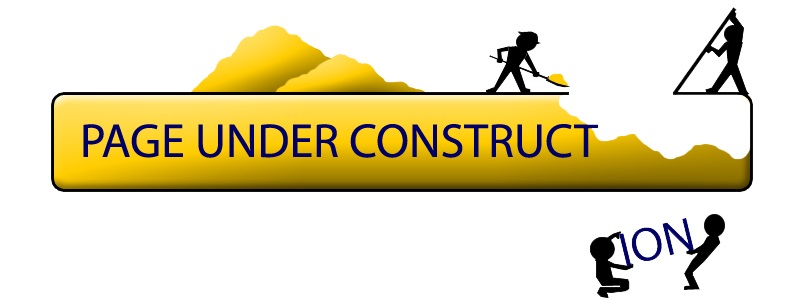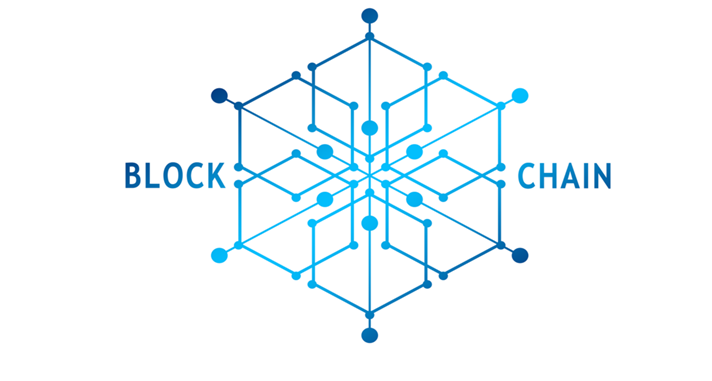Registries, Indexes and Blockchain
Who holds the master list?

We all live with the World Wide Web in such a natural way nowadays that we barely consider the principles and structures behind sharing information. The WWW works fundamentally on a Publish Subscribe basis. You write a web-page, you publish its existence on a domain so it can be found and subscribed to (I don't mean all updates automatically flow to you if you don't refresh and check for updates, but that you get the updates by summoning the link when you want to - and you get whatever's been published).
Further, we promote our websites by allowing public access to the information and specifically registering interesting tags so Google finds our pages more interesting or relevant to searches. There is a kind of industry for Search Engine Optimisation (SEO) that has grown up about the art/science of how to tag and promote your pages in Google and other search engines.
When sharing information, this publish subscribe model is very easy to implement. You don't have to make many demands on the consumer of the information, just that they understand the formatting of the text/images etc to be able to do something - like display it in a browser (or store it in a database). There's an established book on the subject of integration patterns that shows the progression of computer systems from locked-in proprietary methods of information management to being able to publish the information for use by multiple systems, interoperably. It's called Enterprise Integration Patterns.
Registers and Blockchain

The key to the whole thing is that somewhere, someone has a central geister that helps you find things. For most of our everyday web experiences are managed by the globally organised registration of website names by ICANN (Internet Corporation for Assigned Names and Numbers). and by how we find sites and content in our favourite search engine. These work together to effectively make a kind of index.
For Healthcare, the IHE (see page on IHE on this site) took this publish-subscribe model and made a specific standard set of internationally agreed protocols to share healthcare data. The core concept of IHE is that it has a central index that knows where to find all the healthcare information relating to a patient, this is called the Registry.
Now, Blockchain is an entirely related subject. Blockchain grew from the concept of there being a central Ledger that knows how much money or how many assets of various types are owner by a person or corporate body. Exchanging information between ledgers is an integration or interoperability problem, and technologies exist to solve this (that you use every time you buy something on-line, or anywhere else for that matter if you don't use cash). The alignment of various Ledgers is the subject of much detailed discussion and technology - to ensure that there are not times when both you and I, for example, have the same money - so the money can only exist once. Blockchain is a technology that allows the Ledger to be broken up and distributed, but kept in a state whereby the distributed ledger only has one version of the truth. This is done by linking the elements of the Ledger in a chain and ensuring that all updates are recognised and updated consistently with all the other links in the chain.
Blockcain and healthcare
If Publish subscribe is useful in healthcare, then a central Registry or Ledger is useful in Healthcare. Many people think that it naturally follows that Blockchain must also be useful in healthcare. But, as you may imagine, it's not a straight-forward as that and there are many reasons for this.
This page is still under construction, but outlined below are just a few reasons why the leap to Blockchain in Healthcare is not going to happen overnight (if it ever happens at all).
Content displayed below is being developed.
